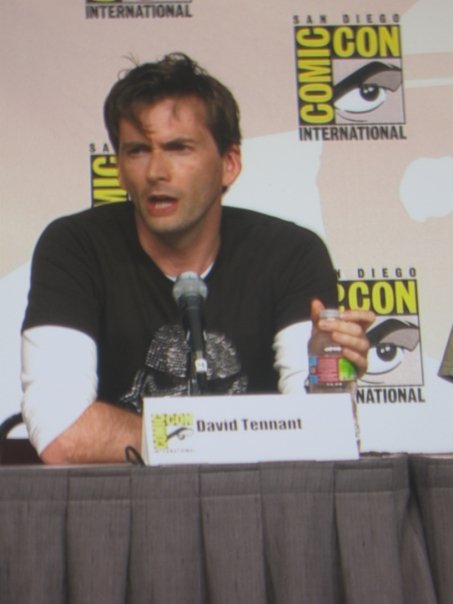And to Think That I Saw It At Comic-Con
/Last time, I shared some textual impressions of this year's San Diego Comic-Con. My son, Henry Jenkins IV, took his camera and has agreed to allow me to share with you some of the images he captured of the festivities. The first two try to capture the experience of the dealer's room at the convention -- the congestion of the floor and the spectacle of the displays (in this case, Mattel was showcasing the continued cultural value of He-Man, Masters of the Universe with this Castle Greyskull replica).
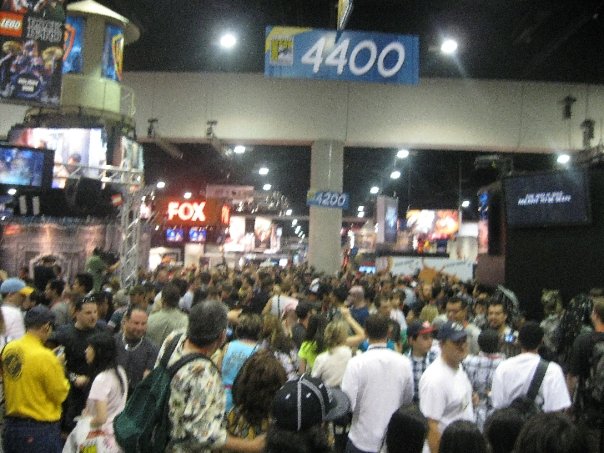
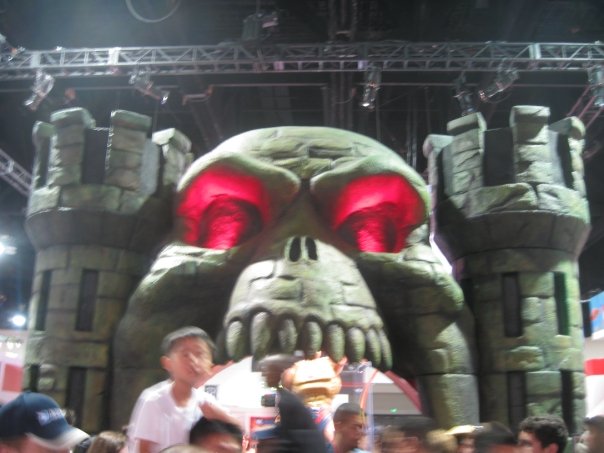
Much of the pleasure of wandering the floor is the chance encounter with costumed fans dressed up as characters from across the full spectrum of popular culture -- in this case, we see the rabbit from Donnie Darko and the Riddler.

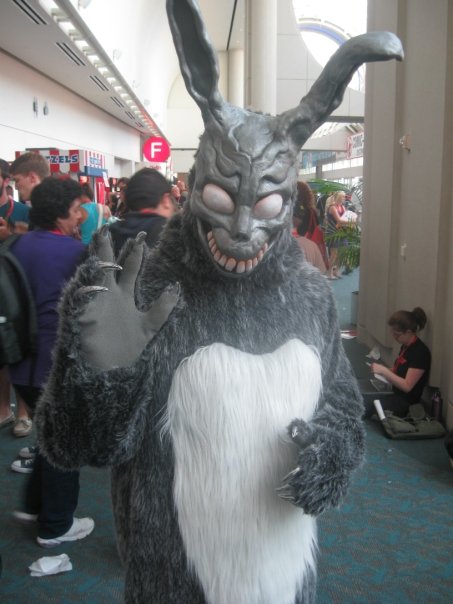
If you ever want a precise illustration of the differences between geeks and fan boys, you might want to listen to this exchange between Peter Jackson (fan boy supreme) and James Cameron (the geek's geek) as they talk about their approaches to the filmmaking process. Jackson's fascination is with the rich details of fictional worlds, many of them remembered from childhood viewings and readings, while Cameron is someone who wants to always push to the outer limits of existing cinematographic technologies. When we look at them on stage, we recognize parts of ourselves reflected back. (Alas, I missed a chance to see Tim Burton, another filmmaker, whose work I consistently admire.)
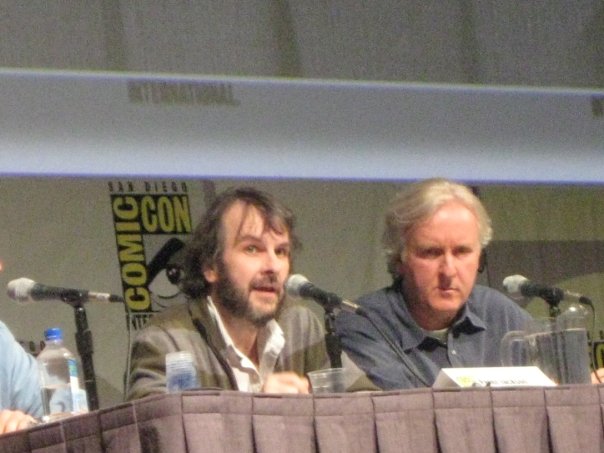
I didn't go to many Hall H style panels but I did wait in a long line to get a chance to see the Lost cast and producers talk about the final season of the series. They made it worth our while with a very lively presentation, including cast members emerging from the audience, and the sharing of year's worth of fan-produced content.

The other time I waited hours in line was to see David Tennant and Russell T. Davies talk about Doctor Who. It's hard to get a non-blurry photograph of Tennant who is full of gawkish energy. But this was as good as my son's camera could get, stretched to the limits of its focal lengths.
